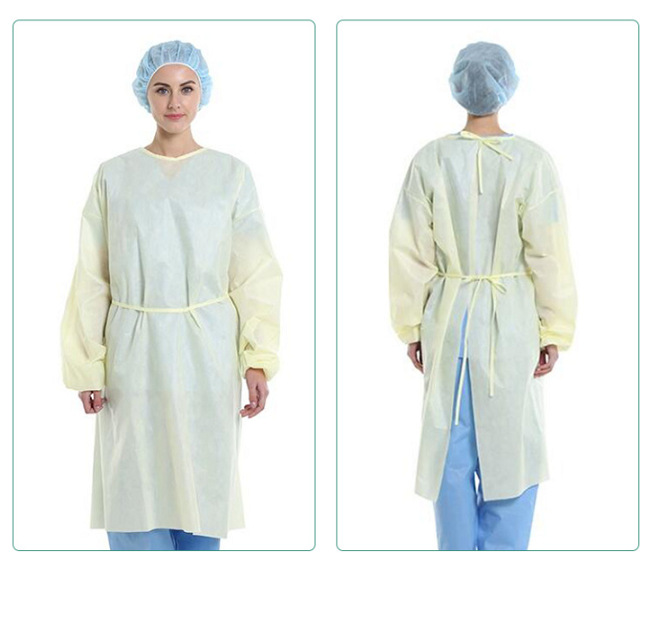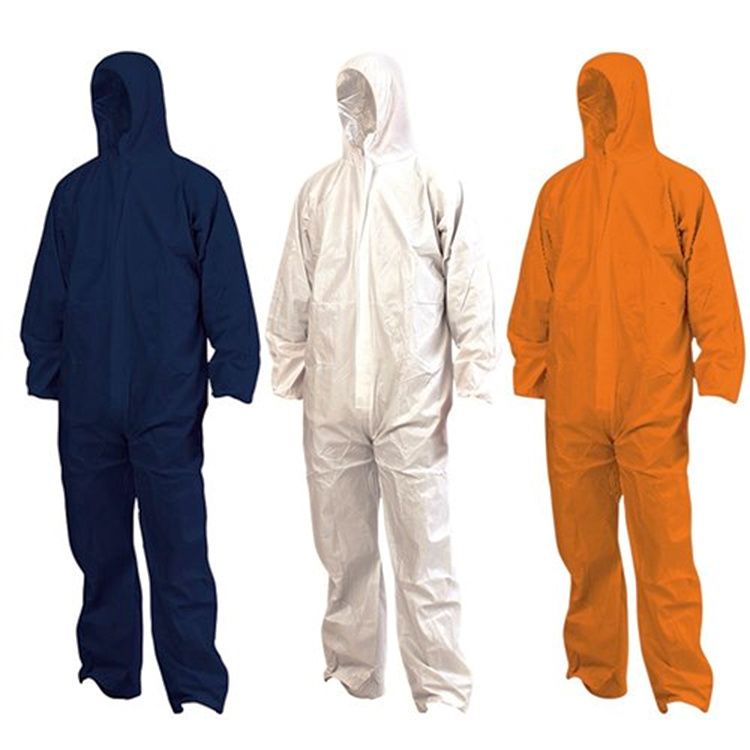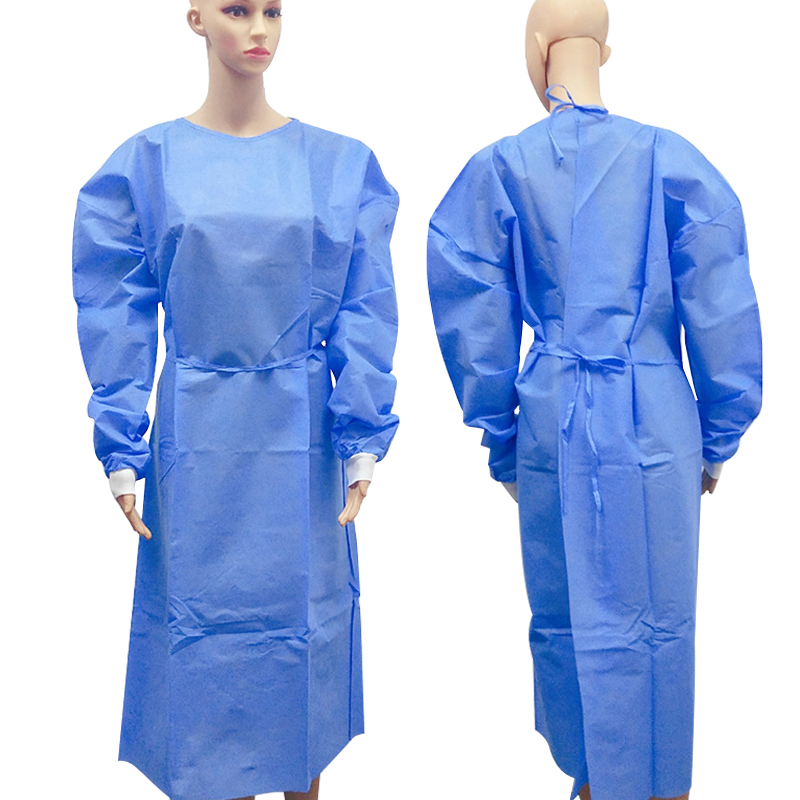Disposable isolation gowns, disposable protective clothing, and disposable surgical gowns are all personal protective equipment commonly used in hospitals. But during clinical examinations, medical staff often confused about the three.
protective equipment used for medical staff to avoid contamination by blood, body fluids, and other infectious substances, or to protect patients from infection. Isolation gowns not only prevent medical staff from being infected or contaminated, but also prevent patients from being infected, which is a two-way isolation.
Disposable protective clothing
Disposable protective equipment worn by clinical medical staff when they come into contact with patients with infectious diseases of Class A or managed according to Class A infectious diseases. Protective clothing is to prevent medical staff from being infected and is a single item of isolation.
The surgical gown plays a two-way protective role during the operation. First, the surgical gown establishes a barrier between the patient and the medical staff, reducing the probability of the medical staff being exposed to potential sources of infection such as the patient's blood or other body fluids during the operation;
secondly, the surgical gown can block adhesion to the medical staff's skin or clothing surface It can effectively avoid the cross-infection of multidrug-resistant bacteria such as methicillin-resistant Staphylococcus aureus (MRSA) and vancomycin-resistant enterococcus (VRE).
Therefore, the barrier function of surgical gowns is regarded as the key to reduce the risk of infection during surgery.

















